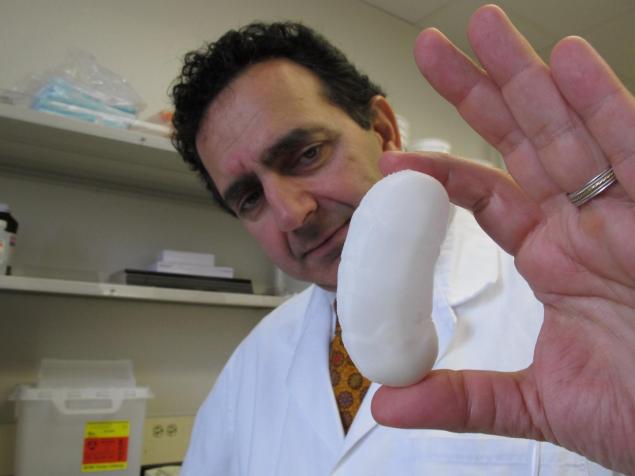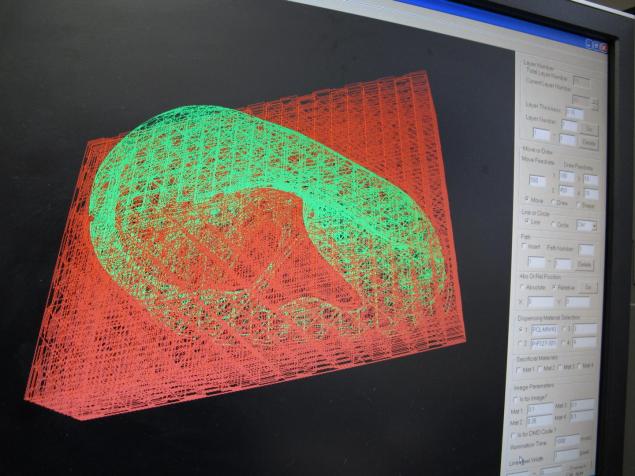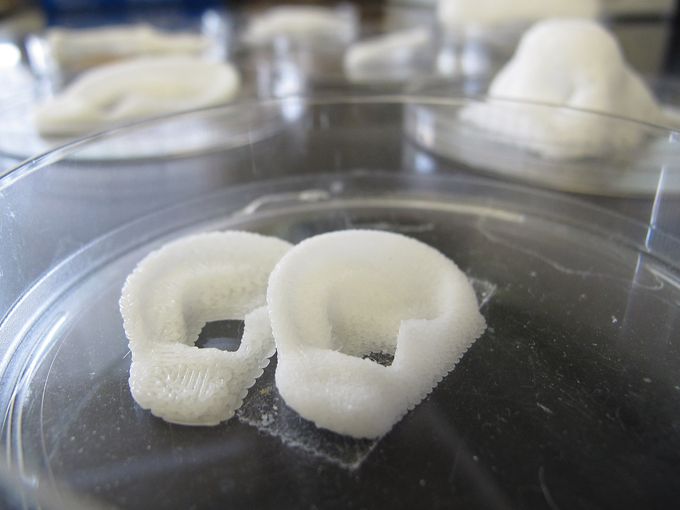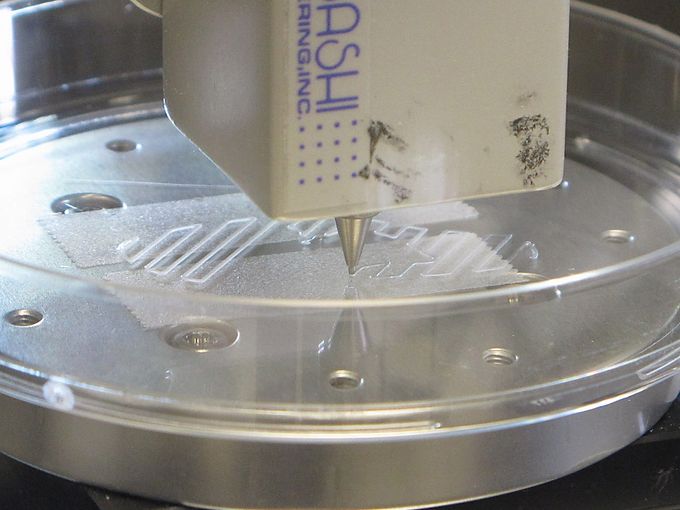Scientists Turn To 3D Printing For Transplants

Organs for transplants are in short supply but scientists believe that 3D printing may be the answer to the organ shortages. Just recently 5-year-old Angela Irizarry’s life was saved by a blood vessel built in a lab by a 3D printer and scientists think this isn’t just a one off operation.
Angela Irizarry was born with a heart that had only one functioning pumping chamberer, back in 2007. The disorder known as a single-ventricle defect can be fatal in the long run and leaves the body short of oxygen. To fix this problem Irizarry needed a crucial blood vessel that would be planted near the heart and connect a vein to an artery.
Yale University surgeons decided to undertake the difficult operation with the help of 3D printing. They used a special technique to create the conduit needed out of bone marrow cells. Japanese scientists and researchers have already had great success with the printing technique, but Irizarry would be the first patient in America to receive the treatment.

It took over 12 hours one day for the doctors to extract the bone marrow and certain cells they needed. The surgeons then seeded the cells onto 5-inch-long biodegradable tube, incubated them for two hours, and then implanted the graft into Angela to grow into a blood vessel.
Over two years have passed since and Angela is doing well. Before the surgery she couldn’t run or play without getting tired and turning blue from lack of oxygen, said Claudia. Now, “she sings, dances and dreams of becoming a firefighter – and a doctor.”
Many scientists believe that 3D printing organs is the future of transplants, but they admit that it has a long road ahead. In North Carolina, a 3-D printer is used to prototype kidneys. In several labs. Scientists also study how to build the internal scaffolding and design of hearts, lungs, livers and kidneys. The organ blue prints are then used to create custom organs for the patient.

Dr Anthony Atala is a pioneer in the 3D printed organs industry. At his laboratory in Wake Forest, he uses a 3D printer to make miniature prototypes of kidneys and other organs. The printed organs are than used for further research in the field.
Atala and his fellow scientists at Wake Forest University in Winston-Salem, North Carolina, are also using 3D printing techniques to manufacture scaffolding for human cells to grow on. They are looking to create realistic-looking facial features including ears and noses for facial reconstruction patients.
Dr. John LaMattina of the University of Maryland School of Medicine said “It’s almost like taking an apartment building, moving everybody out … and then really trying to repopulate that apartment building with different cells,”. LaMattina is also using the technology to build the most complicated part of a liver.

Doris Taylor of the Texas Heart institute in Houston said “I believe the future is … a pig matrix covered with your own cells,”. Apparently Taylor also made a rudimentary functioning rat heart in 2008. The cell-replacement technique was used for the rat heart and Taylor is now using it to create other organs.
A major problem with this organ building technique is getting the right cells to build the organ. In some cases the patients cells may not be usable or available. Scientists are working round this problem via genetic reprogramming that could allow other cells to be turned into the correct cells for the organ.
3D printed organs that are available in humans are at least five to ten years away, according to LaMattina. The initially patients in the five to ten year period will be used for studies to increase knowledge in the area.

